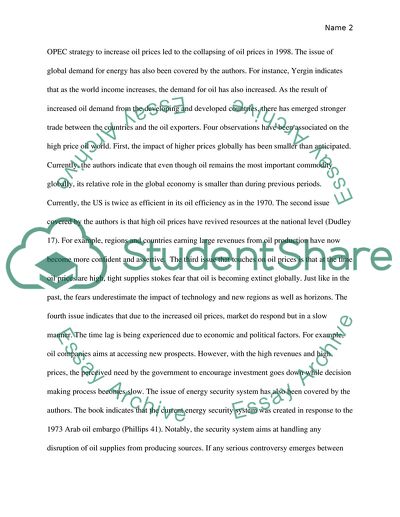Cite this document
(Analysis of The Global Politics of Energy Book Report/Review, n.d.)
Analysis of The Global Politics of Energy Book Report/Review. Retrieved from https://studentshare.org/politics/1852965-the-global-politics-of-energy
Analysis of The Global Politics of Energy Book Report/Review. Retrieved from https://studentshare.org/politics/1852965-the-global-politics-of-energy
(Analysis of The Global Politics of Energy Book Report/Review)
Analysis of The Global Politics of Energy Book Report/Review. https://studentshare.org/politics/1852965-the-global-politics-of-energy.
Analysis of The Global Politics of Energy Book Report/Review. https://studentshare.org/politics/1852965-the-global-politics-of-energy.
“Analysis of The Global Politics of Energy Book Report/Review”, n.d. https://studentshare.org/politics/1852965-the-global-politics-of-energy.


